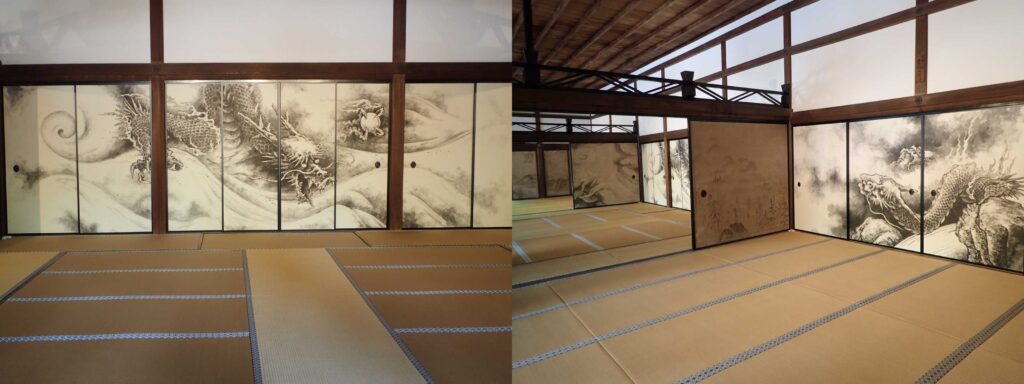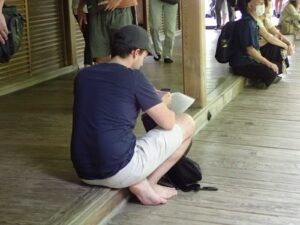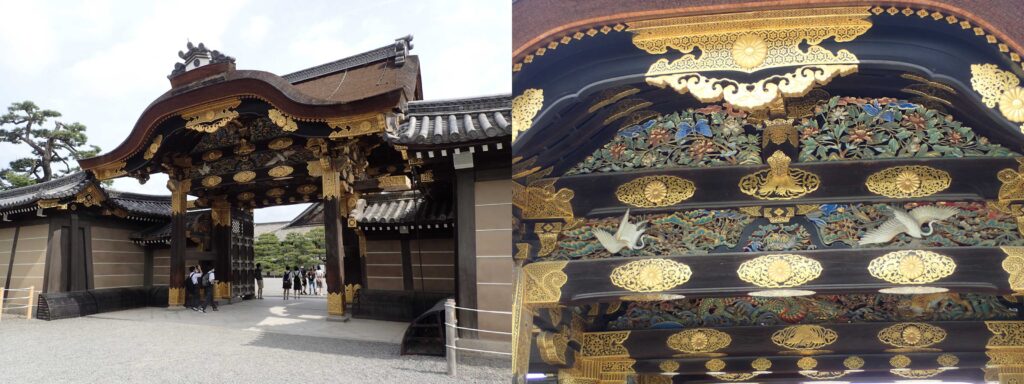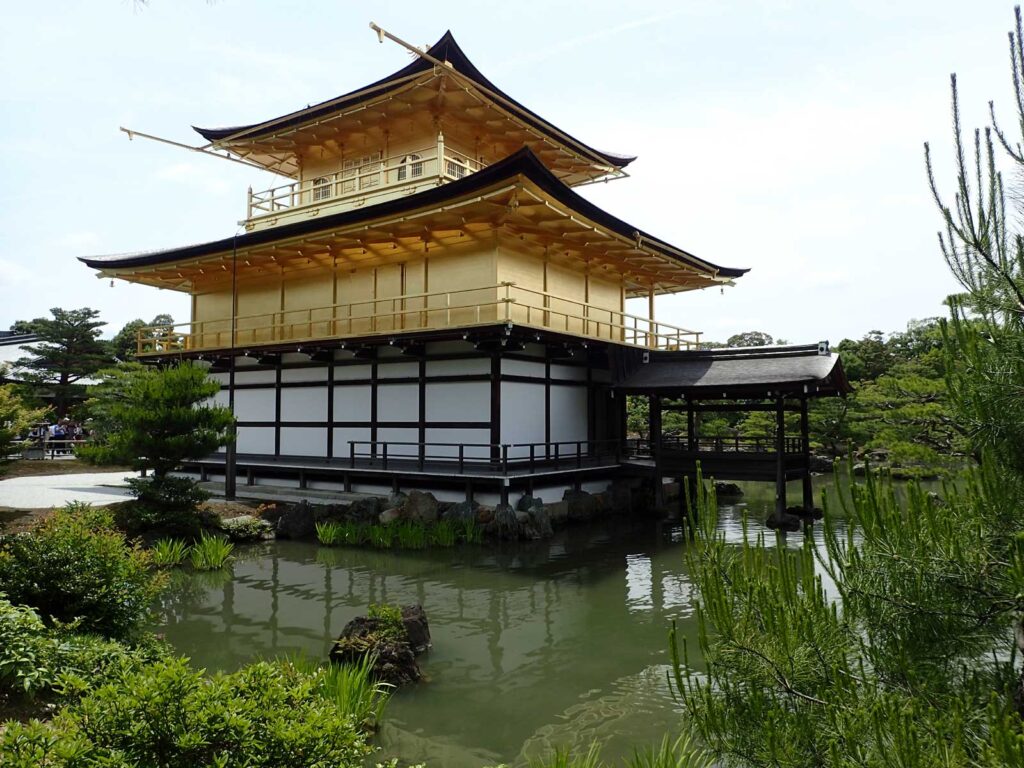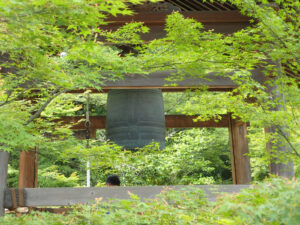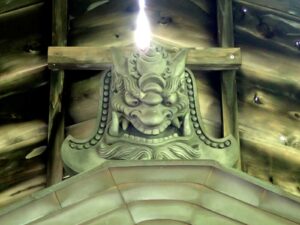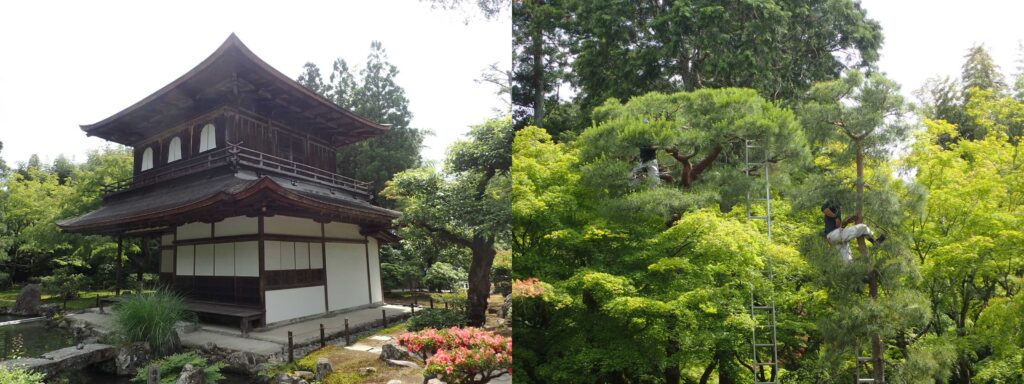May 27th, 2023
Kyoto, Japan
A full day to explore the ancient imperial capital of Japan and the stage upon which much of the drama of the book Shogun took place. I was eager and set for a full blown, get down and into it tourism experience, having joined a group tour with a professional guide. In all of my past experiences such tours have been worth every penny from the insights and knowledge provided by the guide. Not this time.
Our guide was a Hungarian name Daniel which struck me as an odd choice for a tour of an ancient Japanese city but who was I to judge? I knew that knowledge can come from a variety of sources and Daniel must be good for a company like TDA to recommend his employer, Serpentine Tours.
Our first stop was the famous Nijo Palace, power base and stronghold of Tokugawa Ieyasu, the founder and first Shogun of the Tokugawa Shogunate. It is a beautifully restore and recreated castle complete with specially engineered creaking floorboards designed to prevent someone for sneaking up on someone. Of course a skillful ninja would easily circumvent this safeguard but the common assassin would be defeated by his own footfalls. An ingenious metal substructure under the wooden floor provided the humming bird like chirps that we heard as we walked along. This detail was learned from a different tour guide that I was able eavesdrop on while our guide was playing invisible man. This was trend that would continue throughout the tour.
Next stop was the Golden Pavilion, a Zen temple with its upper two floors covered in gold leaf. I sometimes served as a temporary resting place for the Shogun during his travels (Another detail not garnered from our guide.) The temple is surrounded by elaborate gardens that are well maintained as are all gardens in Japan. At times I would hear the deep sound of a large bell being struck and wandered what it signified. I later saw the bell and a sign that indicated that you could ring it for 200 Yen. What did it signify? The sound of 200 Yen changing hands!
Further on we we stopped at the Ryoanji Temple famous for its rock garden and delicate wall paintings portraying the life of dragons. Sands are carefully raked into patterns surrounding the precisely placed fifteen rocks. No trees, just rocks and white gravel in this Zen garden surrounded by walls made of clay boiled in oil. It was created around 1500 during the Muromachi Period by Zen monk Tokuho Zenktsu.
After a lunch that almost happened but was abruptly canceled by our guide when he feared missing the tour bus to the next destination, we continued our sightseeing at Ginkakuji temple (also called the Silver Pavilion, although no shiny silver here), that was built by the grandson of the shogun who built Kinkakuji, also as a retirement palace. After the founder passed away, the palace was converted to a Buddhist temple in the 15th century according to his wish. Again it was surrounded my immaculate gardens that were cared for with tender and exacting precision.
At this point we decided that our guide was an necessary accessory and politely bid him sayonara to find our own way back to our hotel and a nice cold beer. As an interesting codicil, I can report that Ezster of Serpentine Tours responded promptly to our complaints and offered her sincere apologies and a refund for our tour. A very considerate and professional response. She also let us know that Daniel was a last minute replacement for the guide she had hired to conduct our tour who had come down with a serious illness. A satisfactory explanation and resolution that restored our confidence in Ezster and Serpentine Tours.

